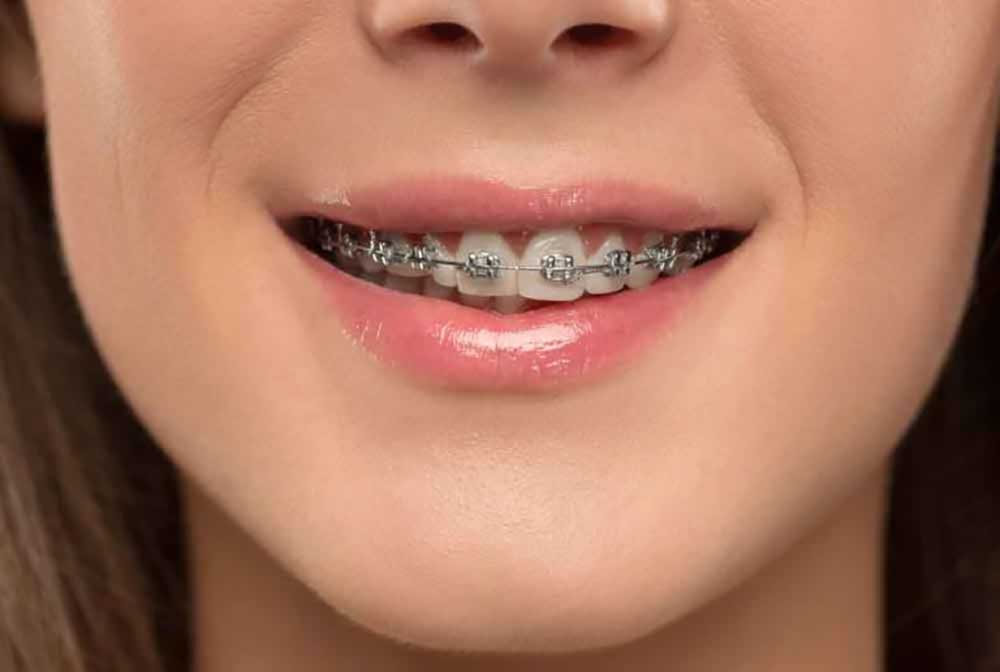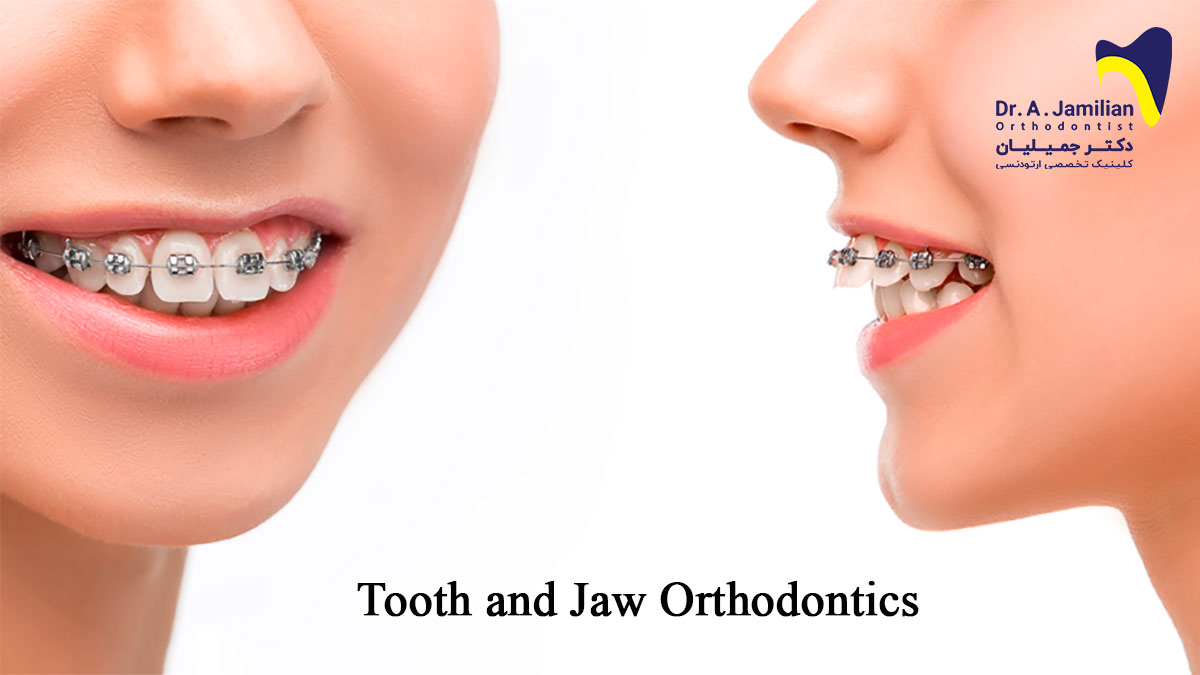Orthodontics is a specialty in dentistry aiming at correcting jaw malformations and aligning irregular teeth. This field specifically deals with diagnosis and treatment of jaw malformations, misaligned teeth and malformations of maxillofacial components. Irregular and protruding teeth not only can compromise the appearance and affect the professional life but also can impair oral cavity function and digestive tract health.
Food cannot be chewed properly by irregular teeth threatening the digestive system health. Misaligned teeth may result in tooth decay and gum disease. After orthodontic treatment, patients can eat better, the quality of their lives is improved dramatically, and more beautiful talking and smiling is achieved. Therefore, orthodontics not only improves the appearance of face and teeth, but also plays a key role in the overall health of the body. Health care is easier for people with regular teeth and the possibility of teeth decay, gum disease and jaw damage is reduced. Treatment of dental malformations can correct the smile pattern and make the person more beautiful and healthy.

Irregular maxillary and mandibular teeth and mismatched jaws, i.e. protruded maxilla or mandible, are called malocclusions or dental malformations. Treatment of maxillofacial malformations is divided into two major categories, namely treatment of jaw problems known as maxillofacial orthopedics or jaw orthodontics, and alignment of irregular teeth known as dental orthodontics.
Maxillofacial orthopedics or jaw orthodontics
This treatment aims at correct the jaws. The jaws may differ in most patients. The first treatment step is to correct the jaw, in other words, the jaw must first be corrected and then the teeth should be aligned. In other words, the teeth must be correctly positioned on the jaw. High priority is always given to jaw correction. Jaws can be moved by removable orthodontics or extraoral appliances.

Dental orthodontics
Irregular teeth can be aligned with fixed orthodontics. In dental orthodontics, the jaws do not move, or move very slightly. In fixed orthodontics, only the teeth are moved. By moving the teeth, irregular teeth can be aligned and the crowded teeth, spaced teeth and irregular teeth can be corrected.
Orthodontics and maxillary orthopedics
If the upper jaw (maxilla) has anatomic malocclusion or inconsistency, it is necessary to have orthodontic treatment and maxillary orthopedics. After examining and radiographing patient’s jaw and face, the orthodontist determines the intensity and details of maxillary’s malocclusion. Next, according to the patient’s condition, they specify the proper orthodontics treatment. In case of maxillary or mandibular prognathism, it is beneficial to use removable orthodontics in order to correct the malocclusion. When the patient’s age of pubescence is over and the facial and jaw bones have stopped their malleability, ortho-surgery is recommended.
In case of small jaw, the orthodontist uses a palatal expander which widens the upper jaw. It is necessary to treat the tight upper jaw since some complications such as respiratory problems or sleeping disorders may occur otherwise.

Orthodontics and mandibular orthopedics
If the lower jaw (mandible) outgrows the upper, the patient has mandibular prognathism. Moreover, if the patient’s lower jaw is sunken more than 2 millimeters from the upper jaw, the patient has mandibular retrusion. These patients usually have very small chins.
Some of the patients decide to have prosthetic jaw surgery or jaw filler injection to correct their retrusive or small mandible malocclusions. However, they disregard the fact that jaw malocclusion may lead to tooth wear, dysphagia, and speech problems. The treatment for mandibular deformity is orthodontics or dental and jaw orthopedics.
As discussed above, once the growth of jaw bone has reached its minimum and it is no longer soft and malleable, orthodontics alone is no longer sufficient to correct the malocclusion. Therefore, a visit to an orthodontist is highly recommended before the end of the age of pubescence to avoid the need for complicated treatments such as ortho-surgery.






